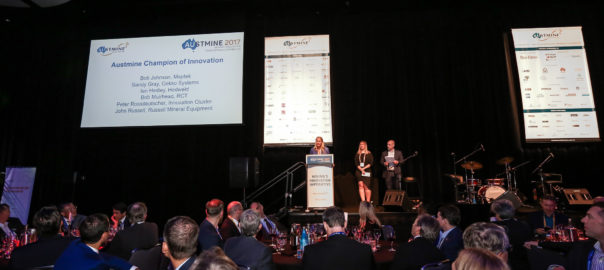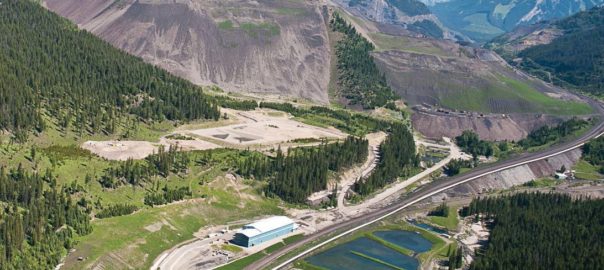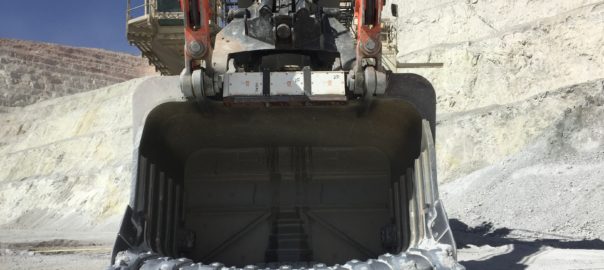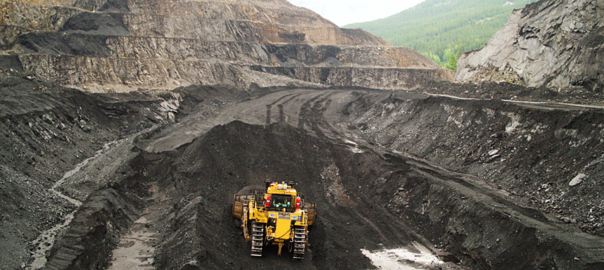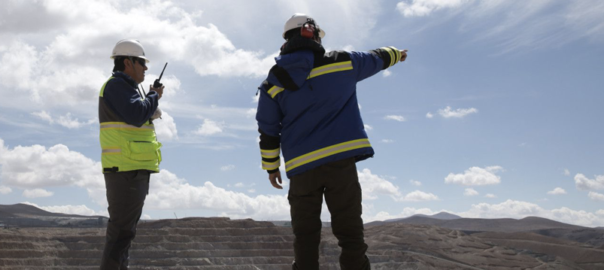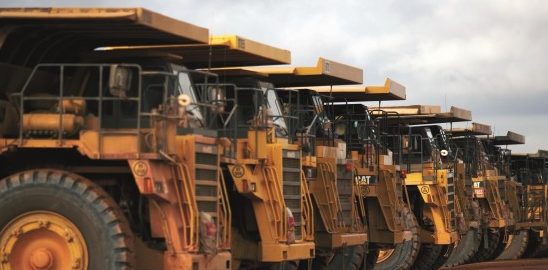Austmine 2019 is set to delve into the future of analytics, data and security, key themes that are setting the agenda for the next horizon in the mining industry, according to event organisers.
Running from May 21-23 at the Brisbane Convention and Exhibition Centre, Austmine 2019 will, organisers say, feature thought leaders from around the world, who will present their insights into the latest developments in digital efficiencies and live analytics systems, as well as how big data is leading to change across the industry.
“The topic of digital change is one which encompasses the entire value chain, with the optimised use of data leading to production efficiencies, while also having favourable human and environmental outcomes,” the organisers said.
For Austmine 2019, presenters will cover a broad range of perspectives, from mining companies, METS, academia and government.
One of the keynote speakers is Michelle Ash, Chair, Global Mining Guidelines (GMG) Group, who will examine the question: “Disruption is here: how will we harness it?”
Ash said: “I am really excited to be speaking at the Austmine 2019 conference and sharing with delegates how digital technologies are impacting mining around the world.
“There are some amazing advancements in other industries that are also applicable and exciting, but as always, the technology is only part of the challenge implementing them into our organisations, and driving the value and impacts of safety, the environment and productivity is key to the success.
“Delegates will also hear about some of the keys to ensuring that implementation of technology is successful, and how we can increase our rate of change as an industry.”
Other speakers slated to present include Rob Cunningham, Mining Operations Manager at CMOC Northparkes Mines, who will explain how the company is driving an Improvement Innovation Culture at its operations, which embrace the latest block cave mining technologies.
Rob Labbé, Director, Information Security, Teck Resources, will delve into cyber security – enabling the digital mine through cyber risk management and collaboration – while John Vagenas, Managing Director, Metallurgical Systems, asks the question – “Blue pill or red pill? Digital case studies within mineral processing.”
During his presentation, Vagenas is set to explore why so many companies are hesitant when it comes to digital transformation.
“Essentially, digital transformation is about turning data into information so as to gain full transparency into a plant’s operations,” Vagenas said. “For many companies in our sector, it can be an uncomfortable notion. Transparency isn’t always immediately popular, as it threatens how much control some people have over what is and isn’t reported. But, in reality, it can deliver such an enormous and rapid benefit that it’s madness not to make the transition.”
Joining this speaker line-up is Barry Elliot, Vice President, Enterprise Accounts: Heavy Industries, Rockwell Automation, from South Africa, to provide insights into improving mining value from operations data.
He is set to outline solutions around data collection, storage, visualisation and analytics, with a focus on the company’s scalable analytics approach, the FactoryTalk Innovation Suite, as well as applications of AR/VR for visualisation, according to organisers.
In addition to a focus on analytics, data and security, other key themes are set to include the human element of technology, intelligent equipment, sustainability, as well as integration and connectivity.
The two-day conference will be complimented by workshops, a sold-out exhibition, networking opportunities, the Industry Leaders’ Dinner and Awards and more, organisers said.
International Mining is a media sponsor for the upcoming Austmine event







